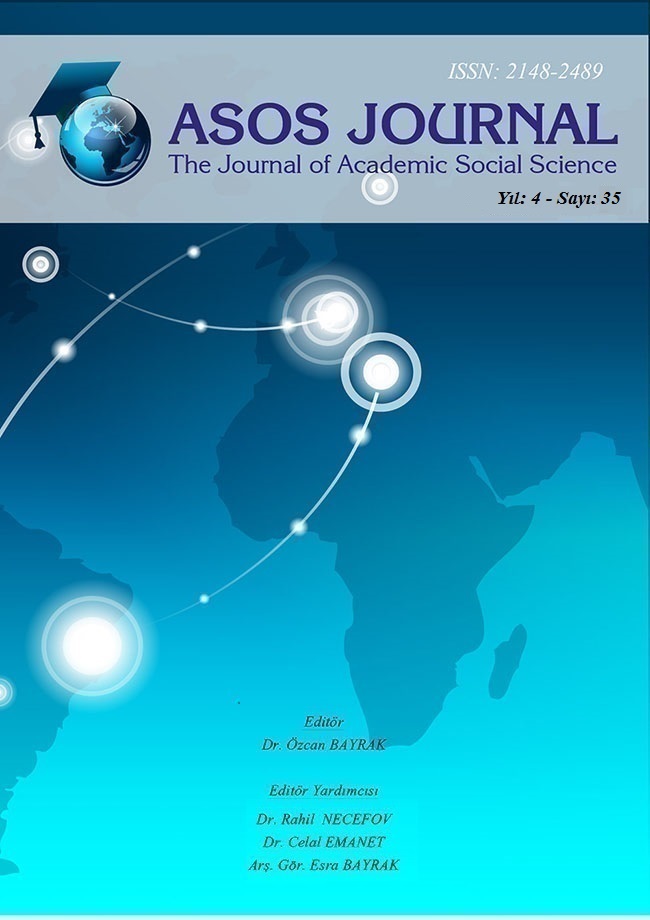Author :
Abstract
Bugün bazı çevrelerce Türkçe olmamakla itham edilen Klasik metinlerimiz, tarihî süreç içinde birçok medeniyetten etkilenen kültürümüz gibi, birçok dilden etkilenmiştir. Türkçe cümle yapısındaki değişiklik, Uygur dönemindeki tercüme eserler yoluyla başlamıştır. Özellikle Farsça metinlerin tercümesi devrik cümle ve edat kullanımıyla ilgili birçok cümle yapısını dilimize yerleştirmiştir. Bu çeşit yapılar sonraki dönemlerde (Tanzimat’tan sonra) Batı dillerinden yapılan tercümelerle tamamen yerleşmiştir. Cümle yapısı açısından İngilizce ve Farsça benzerlik gösterdiği için Farsça metinlerin tercümesinden alışık olduğumuz edata bağlı olan devrik cümle yapısı batı dillerinden yapılan tercümelerle korunmuş ve günümüze kadar gelmiştir. Türkçe devrik cümle kalıplarını sıfat, zarf ve edat işlevinde görmekteyiz.
Keywords
Abstract
Today, some circles of our classical texts being accused of being Turkish, as our culture is influenced by several civilizations in the historical process has been influenced by many languages. Changes in Turkish sentence structure, translated the works started by Uighurs period. In particular, it has placed many sentences about the structure of our language use and inversion preposition Translations of Persian texts. This kind made in subsequent periods (after Tanzimat Age) it was settled completely with translation of Western languages. inversion structure is connected to the prepositions we are accustomed to the Persian translation of the text for the similarities in terms of sentence structure in English and Farsi translation of the protected western languages and has survived until today. Turkish inversion pattern of adjectives, adverbs and prepositions, we see the function.





